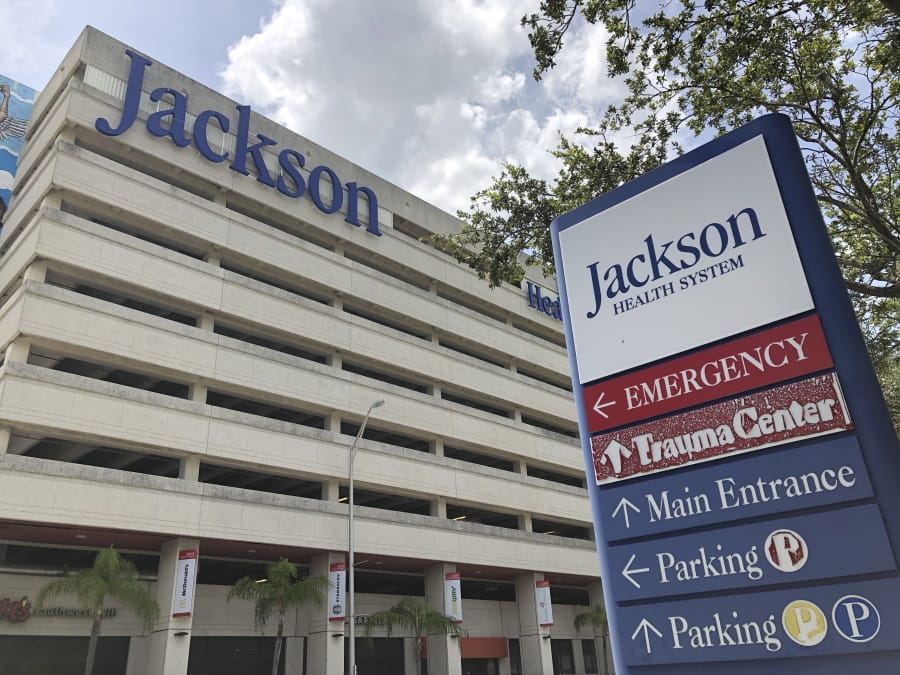MIAMI — Fighting a surge in coronavirus cases in the spring, Florida appeared to be “flattening the curve” as theme parks shuttered, sugar sand beaches closed and residents heeded orders to stay home. Now, it’s almost as if that never happened.
Bars, restaurants and gyms began reopening in May — critics said it was too soon — and weeks later, the Sunshine State became one of the country’s virus hot spots, experiencing an alarming surge in cases. On Thursday, officials reported 120 deaths in one day, the highest number since the previous record of 113 in early May.
“We thought maybe we could keep this thing under wraps. And that worked for a little bit of time,” Dr. Jason Wilson, an E.R. physician at Tampa General Hospital, said in a conversation with Tampa Mayor Jane Castor livestreamed Wednesday on Facebook. “But eventually … it caught up to us.”
From Miami to Jacksonville and Tampa, hospitals in June and July have seen their numbers of coronavirus patients triple, with new patients outpacing those being discharged.



